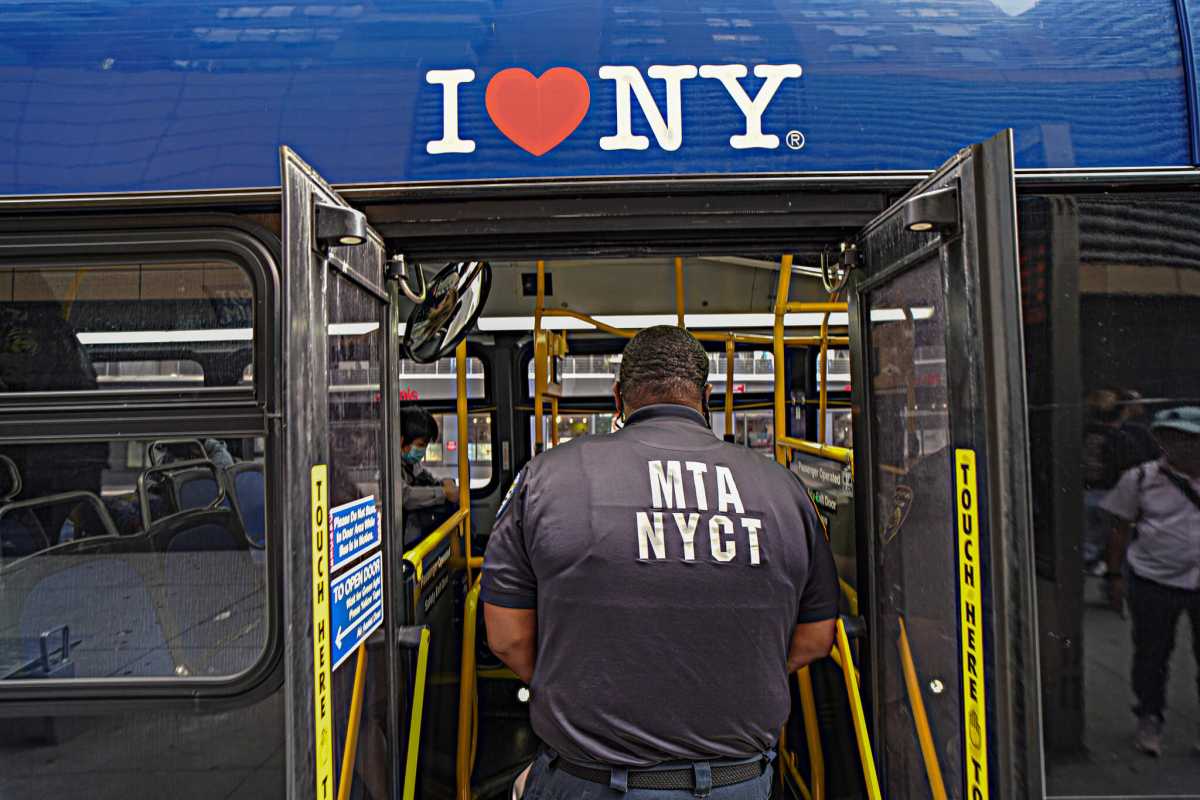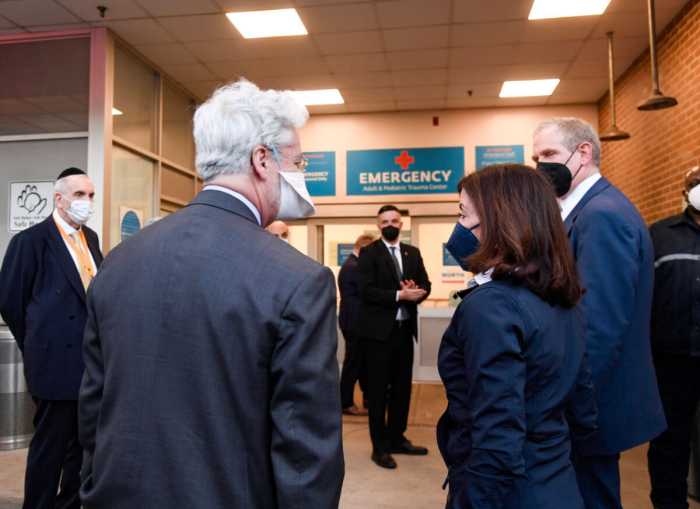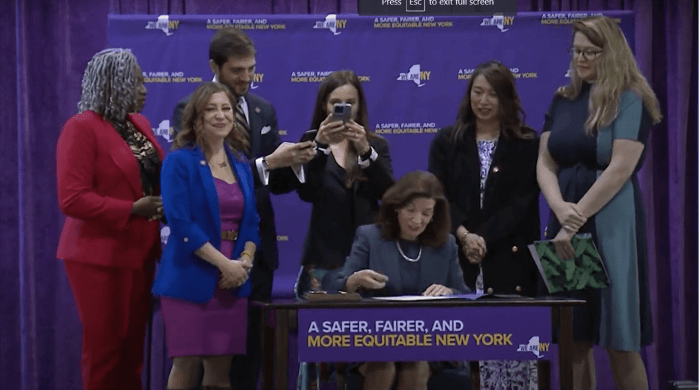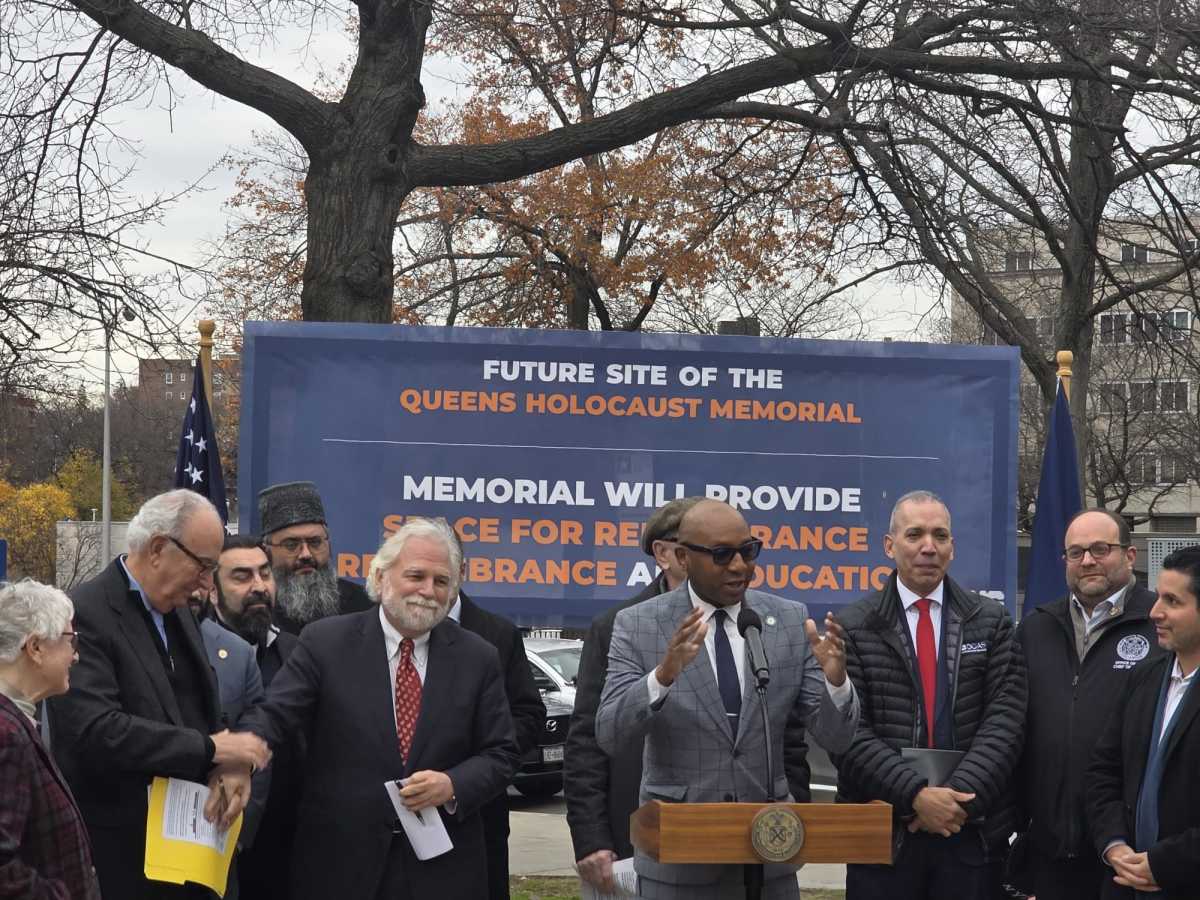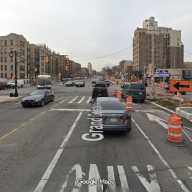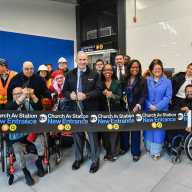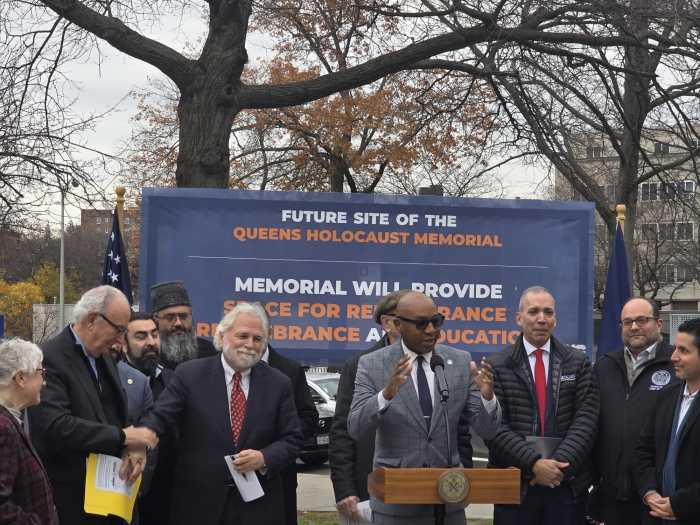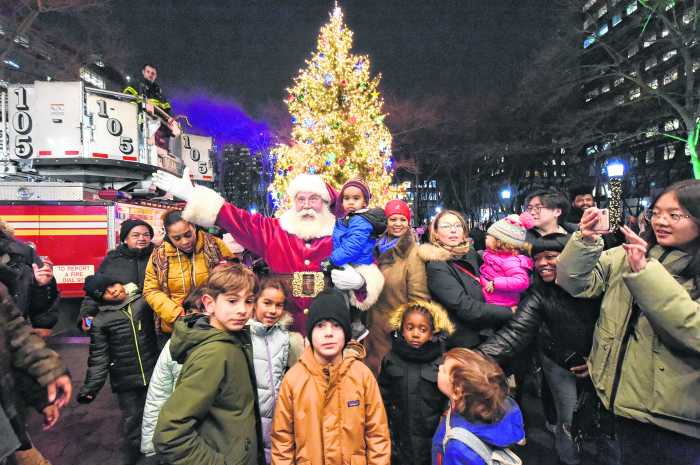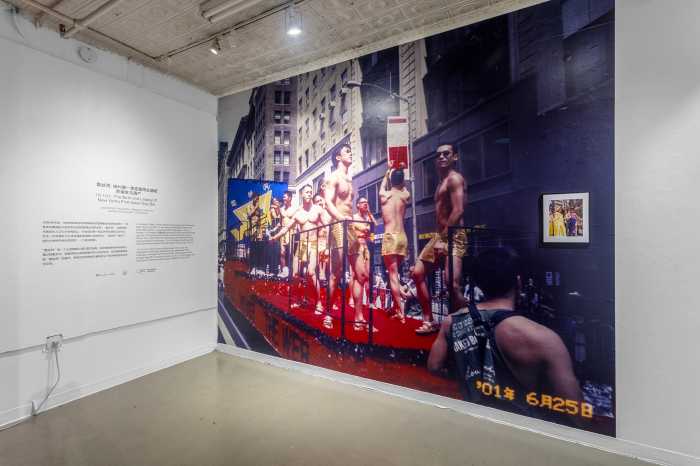Governor Kathy Hochul used her State of the State address Tuesday to unveil a suite of policy proposals related to transit, including advancing the Brooklyn-to-Queens Interborough Express light rail project — but stopped short of committing new, dedicated funding to the cash-strapped MTA.
Marquee transit items in the governor’s 277-page State of the State book include allowing New York City to control its own speed limit, expanding the MTA’s $5 CityTicket for commuter rail trips in the city to all hours of the day, and enabling the state Department of Motor Vehicles to more easily take reckless drivers off the road.
As part of her Housing Compact, the governor would require all municipalities with a train station to rezone areas within a half-mile radius of the stop, aiming to spur transit-oriented development and soothe the state’s housing crisis. The governor also expects federal regulators to finally sign off on the state’s congestion pricing plan early this year.
And a year after first announcing the Interborough Express proposal, Hochul said that she and the MTA would pursue building light rail on the underutilized freight rail tracks between Brooklyn and Queens that would count as the biggest expansion of New York’s mass transit in decades.
“Moving forward with Light Rail for the Interborough Express means better access to jobs, education and economic opportunities for some 900,000 New Yorkers in Queens and Brooklyn,” said MTA Chair Janno Lieber in a statement. “I want to thank Governor Hochul for her leadership on this exciting project and look forward to working with stakeholders and local communities to move the proposed project forward.”
In a press release, the governor’s office said the light rail option was chosen because its rolling stock can use the existing railroad’s smaller right of way, unlike subway or commuter rail trains which require larger tracks. They also say it’s the most cost-efficient option for the corridor, though with a still-high total cost of around $5.5 billion, and further argue it’s the fastest option for the most people, with fast acceleration, short dwell times, and capacity for up to 360 people per train.
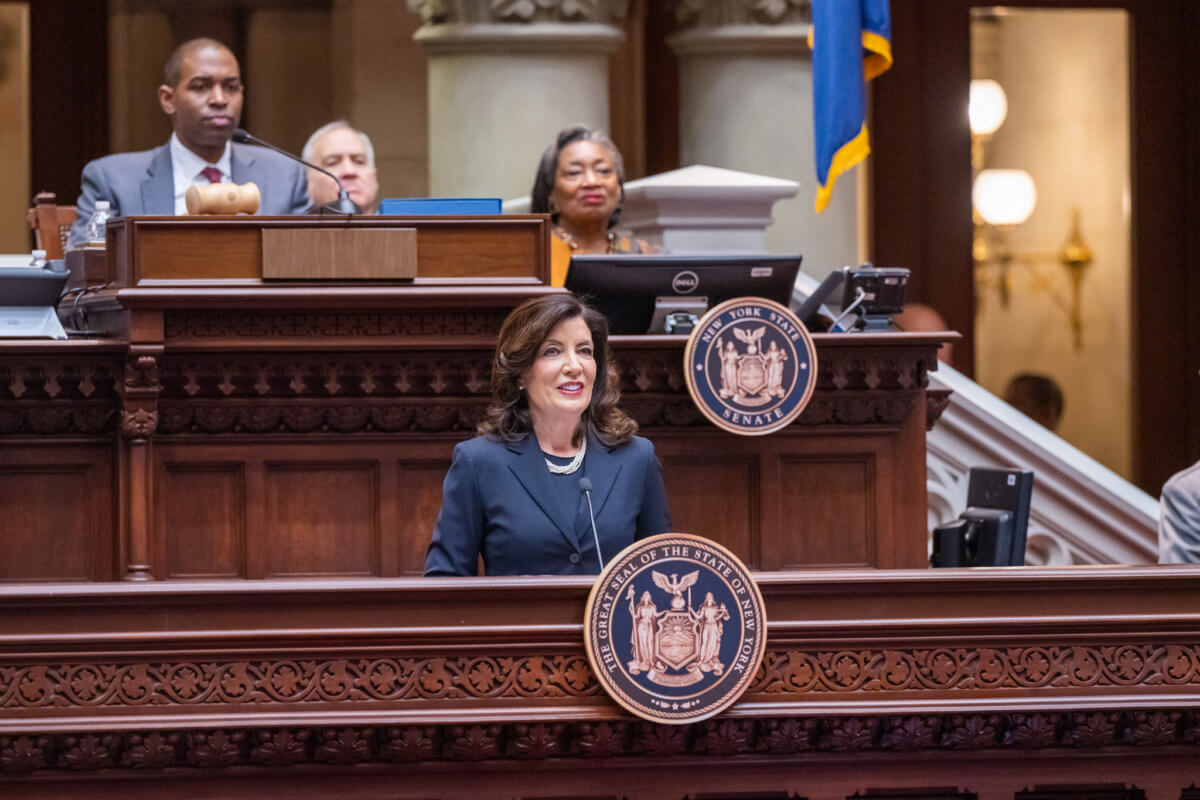
But the glaring omission from Hochul’s speech to lawmakers was a plan to rescue the financially-challenged MTA, which is set to raise fares and cut expenses this year as post-COVID ridership stagnates and federal aid runs dry.
Transit honchos have warned for months that the agency is heading over a “fiscal cliff,” and last month passed a budget that, even after cutting costs and raising fares, still requires billions of dollars over the next few years to balance its budget and pay the bills; the authority has repeatedly stated that new, dedicated streams of revenue are needed from city, state, and federal purses.
Hochul paid lip service to the MTA’s plight in her speech, deeming it “the lifeblood of the New York City metro region” and vaguely indicating plans to “invest in and ensure its long-term fiscal health.” In the State of the State book, Hochul went further in assuring straphangers that “long-term fiscal stability is essential to ensuring that New Yorkers can continue to rely on a world-class transportation system.” Last month, the governor and Mayor Eric Adams made new sources of funding for the MTA a plank of their “New New York” program.
But specifics for how to get there were lacking, except that Hochul and other leaders will figure out the specifics later.
“Governor Hochul is committed to working with MTA leadership, legislative partners, the City of New York, the federal government, and other critical stakeholders on a comprehensive set of solutions to the structural challenges facing the MTA in order to put the Authority on sound fiscal footing for many years to come,” reads the book.
Despite the vagaries, Lieber said in a statement he appreciates the governor’s “vital” support in finding new revenues.
“I very much appreciate Governor Hochul’s statement that the MTA is the lifeblood of the New York City region that’s got to be funded and supported to provide great service,” said the chair. “What the MTA is facing is a fiscal crisis, brought on by the COVID pandemic, which cut ridership by a third and caused a multi-billion dollar hit. Reliable mass transit is key for millions of people for access to housing, jobs, education and healthcare and having the governor’s support is vital.”
The state budget is due April 1, and elsewhere in her speech, Hochul pledged not to raise income taxes this year. That rankled progressive lawmakers, who have proposed increasing taxes on New York’s wealthiest earners to, among other things, plug the MTA’s deficit and improve service.
“In her silence on addressing the MTA’s operating deficit, Governor Hochul leaves the possibility of fare hikes and service cuts on the table,” said Queens Assemblymember Zohran Mamdani, the lead sponsor of the “Fix the MTA” package. “This will be the reality if she refuses to invest even the bare minimum in the MTA.”
MTA spokespersons did not return an inquiry for comment by press time.
Without a plan for fiscal health put forward, advocates took the opportunity to demand bold action.
“Securing the future of the MTA — and the city and state that rely on it — demands a bold, positive vision from New York’s governor, who controls the system. Funding for more frequent subway and bus service in the governor’s upcoming executive budget will be essential to providing a sound fiscal footing for public transit,” said Betsy Plum of the Riders Alliance, which has been promoting a 6-minute subway service proposal.
“Transit riders from across the Bronx to central Brooklyn to Southeast Queens elected the governor last fall, turning out to put her over the top in a tight race,” Plum continued. “We’re going to fight for the shorter waits and faster trips we need and deserve and we won’t let up until Albany delivers the money to make it happen.”



